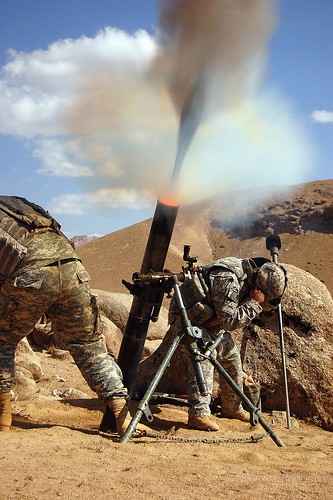More than a Third of Iraq and Afghanistan Vets Need Treatment for Mental Illness
Research compiled on veterans seeking treatment within the VA health care system reveals a dramatic increase in mental health disorders since the wars in Iraq and Afghanistan
A whopping 37% of soldiers coming out of service after years of fighting in Iraq or Afghanistan have mental illness.
Active duty veterans are 4 times as likely and reservists are 7 times as likely to have a mental illness now, as compared to vets from the period before the start of the wars.
Dr Karen Seal, a professor of medicine and psychiatry at the University of California, led a research team that examined the medical records of 289 328 veterans who enrolled for services at VA hospitals from 2002 to 2008; all veterans of the wars in Iraq and Afghanistan.
Of these 289 328 men and women, 106 726 needed some form of mental health care, 62 929 were diagnosed with PTSD and just over 50 000 were diagnosed with depression. Seven percent met the criteria for an alcohol use disorder and 3% had a drug problem.
In describing the massive increases, Dr. Seal stated, “What’s really striking is the dramatic acceleration in mental health diagnoses, particularly PTSD, after the beginning of the conflict in Iraq,”
Many veterans received a diagnosis of a mental health problem only after one or more years within the VA hospital system. PTSD, especially, can emerge months, years or even decades following traumatic exposure, and so the VA health care system’s recent move to extend free medical coverage from 1 to 5 years for returning veterans is obviously very much of benefit to the nearly one quarter of men and women returning from these conflicts likely to face PTSD at some point down the road.
Dr. Seal and her research team suggest that longer overseas deployments and an increase in deployment frequency may account for some of the increases seen.
The study can be found in The American Journal of Public Health.


